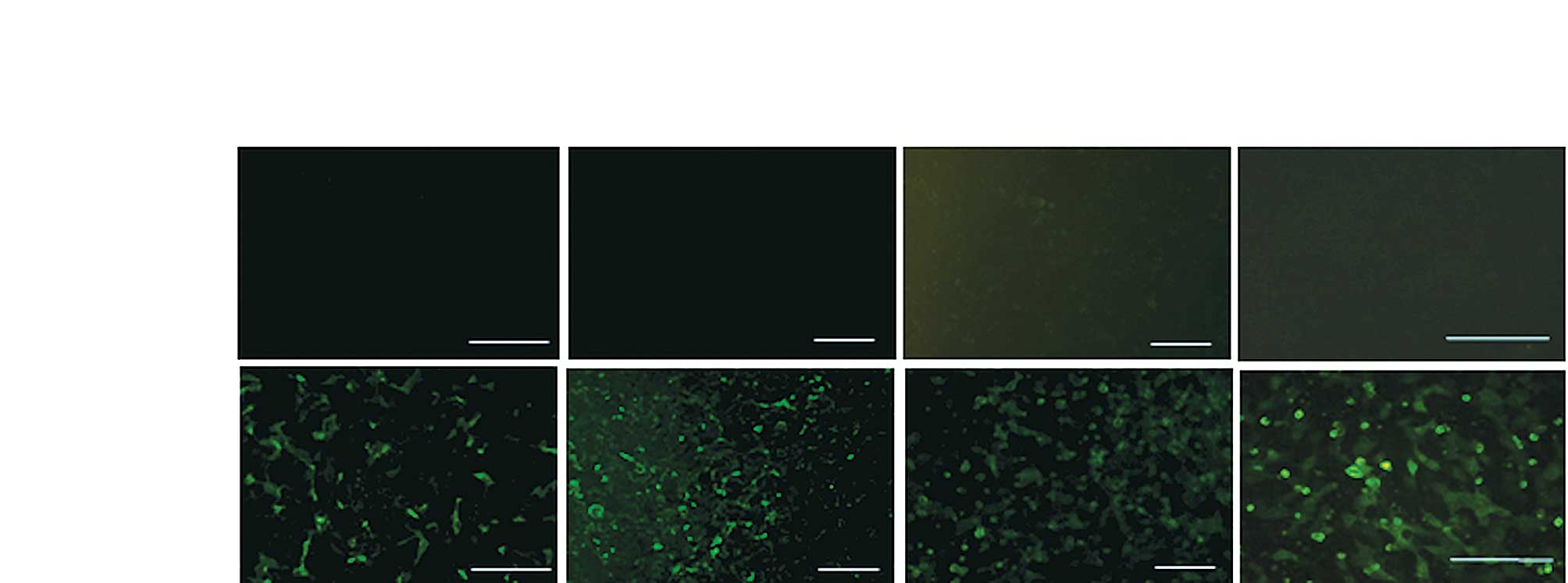Ostrich produce cross-reactive neutralization antibodies against pandemic influenza virus A/H1N1 following immunization with a seasonal influenza vaccine
- Authors:
- Published online on: December 2, 2010 https://doi.org/10.3892/etm.2010.180
- Pages: 41-45
Metrics:
Total
Views: 0 (Spandidos Publications: | PMC Statistics:
)
Total PDF Downloads: 0 (Spandidos Publications: | PMC Statistics:
)
Abstract
An outbreak of influenza in 2009 was found to be caused by a novel strain of influenza virus designated as pandemic influenza A/H1N1 2009. Vaccination with recent seasonal influenza vaccines induced little or no cross-reactive antibody response to the pandemic influenza virus A/H1N1 2009 in any age group in human populations. Accordingly, most people had low immunity against this pathogen, thus resulting in the worldwide spread of the infection to produce a so-called ‘pandemic’. This report presents the important finding that ostrich eggs generate cross-reactive antibodies to the pandemic influenza virus A/H1N1 following immunization of female ostrich with a seasonal influenza vaccine. This simple method produced a large amount of antibodies against influenza viruses by one female ostrich. An enzyme-linked immunosorbent assay (ELISA) and immunocytochemistry indicated that the ostrich antibodies possessed strong cross-reactivity to the pandemic A/H1N1 as well as to the seasonal A/H1N1, A/H3N2 and B viruses. The hemaggregation activities of erythrocytes induced by this pandemic strain were also inhibited by the ostrich antibodies. In addition, the cytopathological effects of infection with a pandemic virus on MDCK cells were clearly inhibited in co-cultures with the ostrich antibodies, thereby indicating the neutralization of viral infectivity in the cells. In conclusion, cross-reactive neutralization antibodies against pandemic influenza virus A/H1N1 2009 were successfully generated in ostrich eggs produced by females immunized with seasonal influenza viral vaccine.










